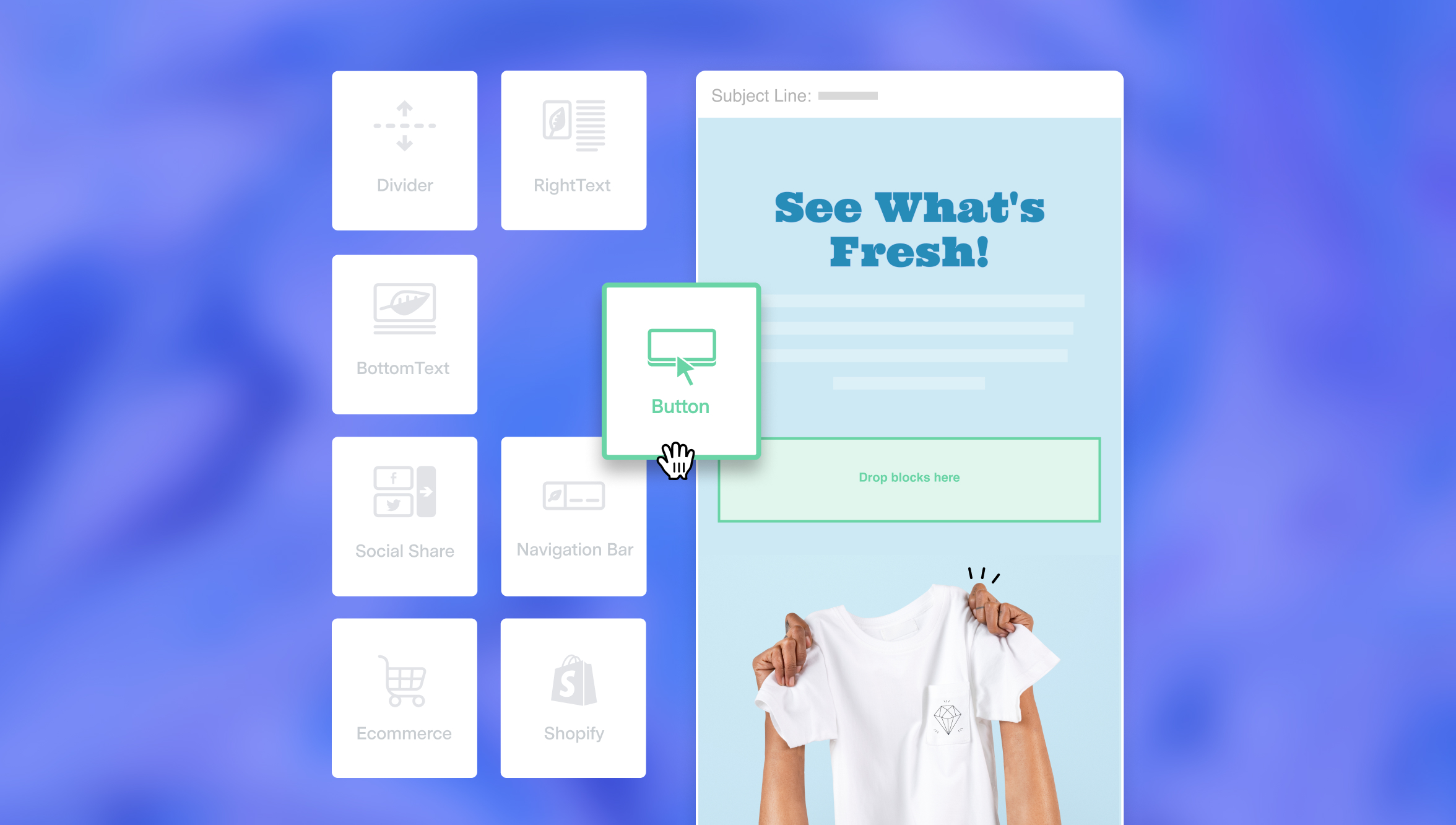
Today, we do everything on our smartphones, from catching up with friends and finding love to reading our emails, ordering cabs, banking, making dinner reservations, and buying things we need. Mobile shopping, in particular, has become so popular that it accounts for more than 54% of all eCommerce sales. Yes, more than half of online sales come from iPhones, Androids, and tablets.
With such figures, it is more important now than ever for online storefronts that want to continue growing their sales to adopt a mobile-first approach. Mobile-first means your eCommerce website is built to load and function more efficiently on mobile devices.
This article will look at the benefits of implementing a mobile-first approach on your eCommerce website. Before that, however, let’s understand what mobile-first means.
What Is Mobile-First Design?
Traditionally, web designers have always built websites for desktops first and then scaled them down so that they work on mobile devices as well. The problem with this approach is that it requires some of the features and elements to be removed to make the website mobile-friendly, which often results in mobile websites that aren’t good enough.
Mobile-first design flips this approach on its head. Instead of designing for desktop and removing some functionalities to make the site work on mobile, the mobile-first approach builds websites optimized for mobile devices, then scales them up for larger screens.
For instance, if you have an accounting tool, mobile-first design means building a mobile website that lets users create invoices on the go and then scaling it for desktop. This results in websites that function exceptionally not just on mobile but on all devices.
Benefits of Mobile-First Design
So, is it worth adopting a mobile-first approach? Here are five reasons why your eCommerce site needs to be mobile-first.
1. Some of Your Target Customers Are Mobile-Only
Today, more people access the internet on mobile devices than desktop computers. According to a study by Pew Research Center, 85% of respondents own a smartphone, compared to just 77% who own a laptop or PC. This applies to children as well – according to recent statistics, 69% of kids have a phone by the time they are 12 years old.
This means that there is a large portion of your target customers who only own a smartphone. Without a mobile-first design approach, you are providing a suboptimal experience for these customers and potentially leaving money on the table.
2. Mobile First Delivers Better User Experience (UX)
The traditional approach builds eCommerce websites designed for use with a mouse and viewing on larger screens before scaling them down to fit on smaller screens. Unfortunately, this can result in lower quality, less intuitive websites that don’t function as expected and deliver an inferior user experience. Ultimately, this could end up driving customers away from your website.
In contrast, a mobile-first approach means developing your eCommerce website with mobile visitors in mind. From the onset, you design site navigation and interactions optimized for tapping with a finger rather than clicking with a mouse. Similarly, the site content and layout are optimized for viewing on smaller screens.
Mobile-first sites also incorporate mobile-friendly features such as push notifications, lower bandwidth requirements, and offline checkout. Such a design approach results in a smooth and pleasant shopping experience for mobile users, which can, in turn, help you generate more leads and improve conversions. Great UX can even improve your SEO rankings.
3. Mobile-First Boosts Your SEO Efforts
Organic search is one of the biggest sources of traffic for eCommerce websites. As an eCommerce business owner, you cannot afford to ignore search engine optimization if you want to increase your sales. But what does this have to do with mobile-first design?
Well, in September 2020, Google switched to mobile-first indexing. This means that Google now looks at the mobile version of your site to determine your site’s search engine rankings. If your mobile site is unresponsive, slow, or clunky, it will perform poorly on the SERPs, which in turn means that potential customers won’t find your site.
Additionally, stats show that 63% of all organic search traffic comes from mobile devices. Without a website that’s well-optimized for mobile, you rank lower and lose traffic to competitors who provide a better mobile experience.
Simply adopting a mobile-first design approach boosts your SEO strategy by improving your search rankings and helping you provide a better experience to organic search visitors.
4. Mobile-First Helps You Prioritize Your Content
The greatest challenge of mobile-first design is that you have a significantly smaller canvas to work with. Your site visitors don’t want to scroll through endless pages on a small screen. Therefore, you can’t fill your site with filler content and fancy elements. You have to prioritize content that adds value to your site visitors and quickly presents all important information.
The result is that mobile-first sites tend to be very simple. They don’t waste your visitors’ time but help prospective customers quickly find what they are looking for, making it easy for them to place their orders and check out.
5. Mobile-First Helps Your Maximize Revenue
Ultimately, adopting a mobile-first approach can help you maximize your revenue and profits. Mobile-first design helps you attract both mobile and desktop users and improves the effectiveness of your SEO efforts, which results in more people visiting your website. In addition, it also helps you deliver a pleasant shopping experience and ensures that you keep your site content simple, which can lead to increased conversions.
This combination of increased traffic to your eCommerce site and higher conversion rates leads to more sales, revenue, and profits.
Mobile-First Is The Future of eCommerce Site Design
As mobile devices get better and consumers enjoy staying connected even while on the move, they aren’t about to ditch their iPhones and Androids any time soon. Instead, you can even expect increased uptake of mobile devices. Therefore, mobile-first design isn’t a fad – it is the future of site design.
If you want to continue growing your online storefront’s sales, you have to focus on providing a better mobile user experience, which means adopting a mobile-first approach. If your eCommerce site isn’t designed for mobile, it’s time for a redesign.
Author Bio
Lee Li is a project manager and B2B copywriter from ShenZhen, China, and is currently based out of Singapore. She has a decade of experience in the Chinese fintech startup space as a PM for TaoBao, MeitTuan, and DouYin (now TikTok).







